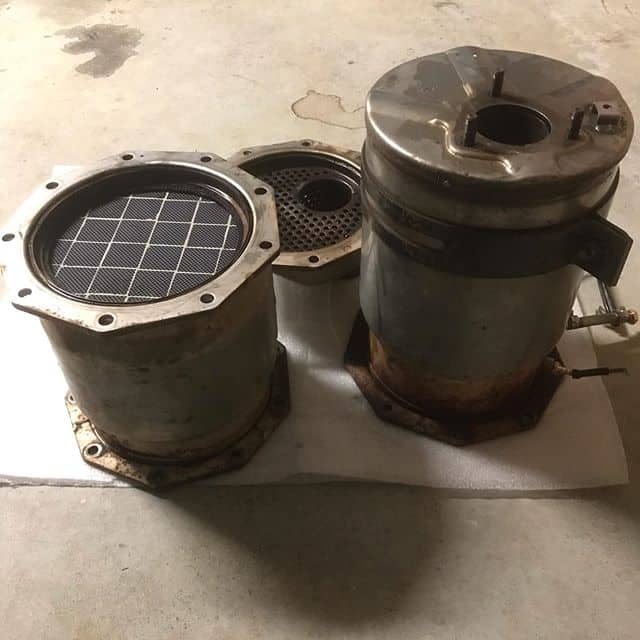Sound far-fetched? We thought so too.
Although a clean efficient assembly is effective and proven in its emission capabilities and the system may suffice to its design claims in a perfect world with perfect driving conditions, engine maintenance and fuel quality. The fact is this is not the case domestically or commercially leading to breakdowns, limp modes, engine fault codes and expensive replacement bills with parts costs starting at $1500 and easily exceeding $10000 depending on vehicle type and make.
A failure of the DPF or other components can lead to a vehicle being taken off the road or machine shutdown for a lengthy period. Co-ordinating with workshops or using our network of mobile mechanics we can organise to be present as soon as the DPF is removed and begin our regeneration process.
When the presence of diesel exhaust after-treatment systems become law to the domestic market in Australia we saw a costly and inconvenient issue arising for consumers and began our journey on coming up with solutions to prevent failure, maintain and if needed Clean the diesel after-treatment system diesel particulate filter (DPF) Diesel Oxidation Catalysts (DOC) SELECTIVE CATALYTIC REDUCTION (SCR) CATALYSTS at a fraction of the cost of replacement.
We offer an off vehicle flash cleaning capability that is fully mobile and available 24/7 to meet the needs of all industries.
The result of countless hours testing and developing effective methods led to the design of our mobile flash cleaning module which when used returns filters to 98% of their original values.

During an on vehicle regeneration burn soot is burnt off at extremely high temperatures, this soot leaves ash. Unfortunately every DPF at some stage will block due to a high ash content. It is impossible to estimate when this will happen as the blockage is heavily influenced by driving conditions and styles.
Heres a few tips to help maintain your DPF.
– When a DPF is doing a ‘regen burn’ diesel fuel is being injected on the exhaust cycle, this contributes to contamination of the engine oil. Ensure you service your vehicle regularly including oil and filter every 10,000kms. If you are conducting the service yourself ensure the oil is the correct type and viscosity.
– Install a quality oil fumes catch can system. This will keep oily fumes and ERG exhaust particles from clogging up the inlet. A fouled inlet can lead to rich combustion conditions resulting in the DPF becoming heavily fouled with soot prematurely. A catch can will also prevent recirculated oil fumes burning back through the engine and coating or entering the DPF.
– Use a quality fuel additive like the fuel performance catalyst we offer. Amongst its many benefits the stand out for DPF owners is its scientifically proven to reduce particulates in exhaust gases by 39% with ongoing use. 1L will treat 1600L of fuel.